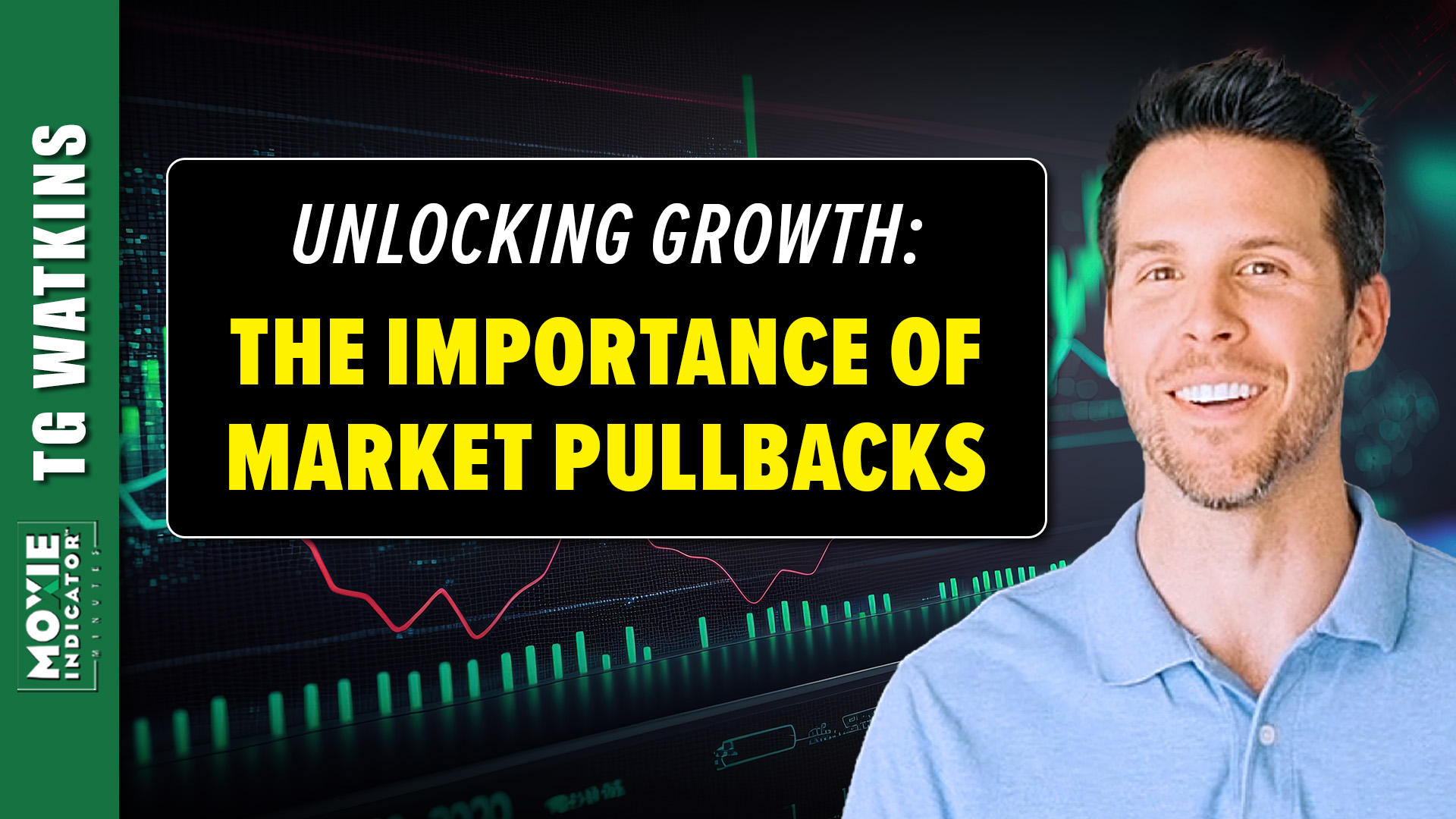Even after the recent decline, the S&P 500 is statistically more expensive than it has been historically.


The S&P 500 remains statistically expensive compared to historical norms across a variety of metrics, according to research analysts at Bank of America.
However, analysts argue that such comparisons may not be entirely fair, given the significant structural changes in the index today compared to past decades.
The modern S&P 500 is characterized by low leverage, an emphasis on asset-light businesses, a greater share of high-yield sectors, and reduced earnings volatility. Additionally, analysts at Bank of America have taken a contrarian view on the equity risk premium, suggesting it could potentially fall further.
BofA’s note highlights several factors that have contributed to this outlook, including addressing critical challenges such as the pandemic, geopolitical conflicts, and interest rate fluctuations. Analysts also point to ongoing trends such as improving real wage growth and more flexible consumer spending, driven by strong balance sheets and efficient business practices.
Overall, valuation metrics may indicate the overpriced nature of the S&P 500, but Bank of America’s analysis suggests that broad structural changes and favorable economic conditions may justify current market levels.


